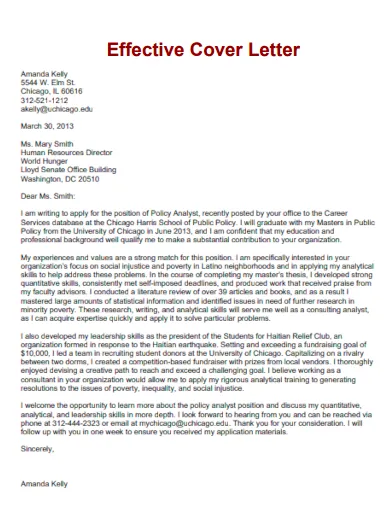Cover Letter Setting the Stage
A cover letter is your first opportunity to make a strong impression on a potential employer. It’s more than just a formality; it’s a crucial tool in your job search arsenal. A well-crafted cover letter provides context to your resume, highlights your key skills and experiences, and demonstrates your genuine interest in the specific role and company. It’s where you can showcase your personality, enthusiasm, and how your unique qualifications align with the employer’s needs. This guide will walk you through the essential steps of creating a winning cover letter that captures attention and increases your chances of landing an interview. You’ll learn how to tailor your letter, showcase achievements, and avoid common pitfalls, ensuring your application stands out from the competition. Remember, a compelling cover letter is your chance to make a memorable first impression and set yourself apart from other applicants, so take the time to craft a letter that is both impactful and informative.
Understand the Purpose of a Cover Letter
The primary purpose of a cover letter is to introduce you to the hiring manager and explain why you are the ideal candidate for the job. Unlike a resume, which provides a factual overview of your experience, a cover letter allows you to tell your story. It’s your opportunity to demonstrate your writing skills, communicate your personality, and articulate your understanding of the company and the role. A cover letter gives you a platform to connect your past experiences and accomplishments with the requirements of the job, highlighting your value proposition. It can also address any gaps in your resume or explain career transitions. A cover letter isn’t just a summary of your resume; it is a persuasive document that aims to get the hiring manager to read your resume and call you for an interview. By demonstrating your understanding of the role and the company and tailoring your experiences, you show the recruiter that you are not simply sending out mass applications, but are a serious candidate.
How a Cover Letter Complements Your Resume
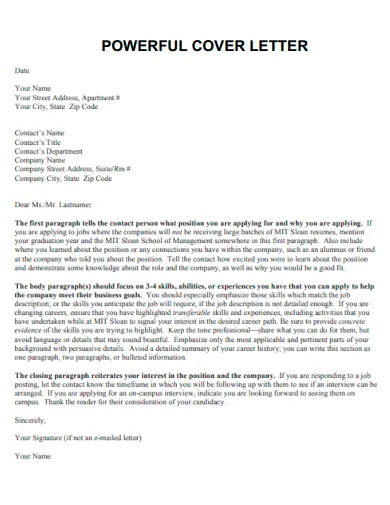
Your resume provides a snapshot of your qualifications, but the cover letter provides the narrative. The resume lists your skills, experience, and education in a concise format. The cover letter explains these elements in greater detail and connects them to the specific job requirements. It gives you the space to articulate your career goals, and explain your interest in the company and the role. A well-written cover letter can highlight the most important aspects of your resume, ensuring that the hiring manager understands your value proposition. It allows you to expand on your key achievements, providing context and demonstrating your impact in previous roles. In essence, the resume and cover letter should work together. The resume provides the data, while the cover letter tells the story, creating a complete picture of your qualifications. The cover letter personalizes your application, while the resume provides the facts.
Cover Letter Know Your Audience
Research the Company and Role
Before you start writing, thoroughly research the company and the specific role you’re applying for. Visit the company’s website, read about their mission, values, and recent news. Understand their products or services, their target market, and their culture. This information will help you tailor your cover letter to demonstrate that you understand their needs and how your skills and experience align. Also, carefully review the job description, paying attention to the key requirements, responsibilities, and qualifications. Identify the essential skills and experiences the employer is seeking and make sure to address them in your cover letter. If possible, research the hiring manager or the person who will be reviewing your application. Knowing their name and title allows you to personalize your letter, which can make a positive impression. This proactive approach shows your genuine interest in the company and role, giving you an edge over other applicants.
Tailoring Your Cover Letter to the Job
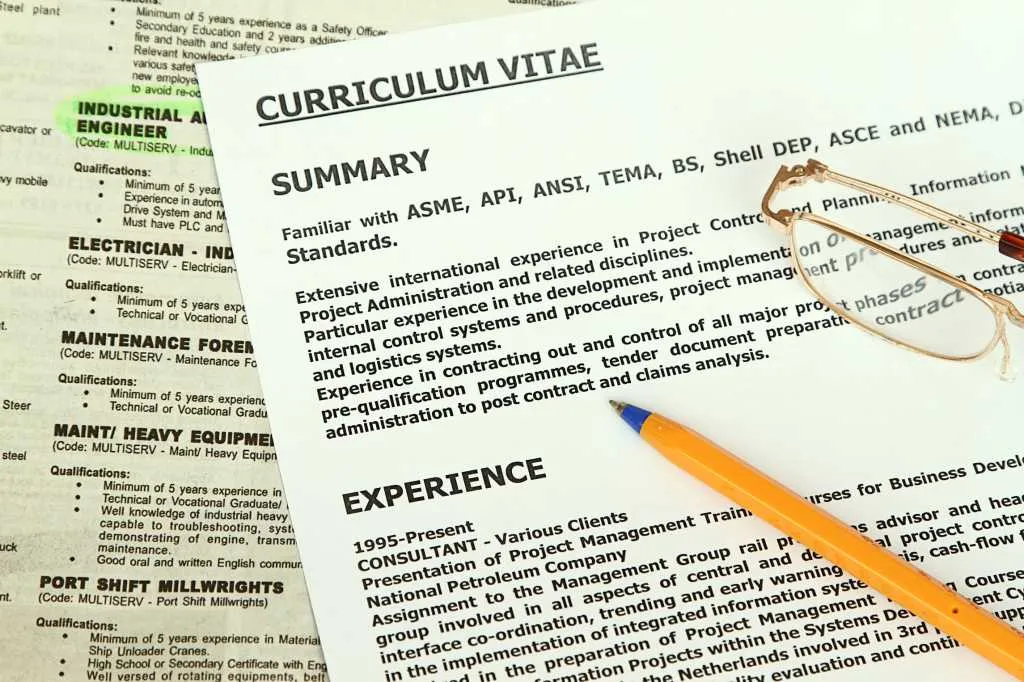
Generic cover letters often end up in the rejection pile. Tailoring your cover letter to each specific job is critical for success. Start by customizing your opening paragraph. Address the hiring manager by name if possible, and clearly state the position you are applying for and where you found the listing. Next, adapt your body paragraphs to highlight the skills and experiences that are most relevant to the job requirements. Use keywords from the job description, and provide specific examples of how you have demonstrated these skills in the past. Quantify your achievements whenever possible. Instead of simply stating that you increased sales, specify by how much or the results you achieved. By tailoring your cover letter, you demonstrate to the employer that you have carefully read the job description and understand what they are looking for in a candidate. Tailoring shows your genuine interest in the position and increases your chances of being noticed.
Highlighting Relevant Skills and Experience
Focus on the skills and experiences that are most relevant to the job requirements. Review the job description and identify the key skills and qualifications that the employer is seeking. Then, in your cover letter, provide specific examples of how you have demonstrated these skills in previous roles. Use action verbs to describe your accomplishments. Instead of saying “Responsible for managing projects,” say “Managed projects, resulting in a 15% increase in on-time delivery.” Quantify your achievements whenever possible to provide concrete evidence of your impact. For example, if the job requires strong communication skills, provide an example of how you have successfully communicated with clients or team members to achieve a specific outcome. By clearly highlighting relevant skills and experiences, you show the hiring manager that you possess the qualifications they are looking for.
Showcase Your Achievements and Quantify Them
Employers want to see evidence of your accomplishments. Don’t just list your responsibilities; highlight your achievements and quantify them whenever possible. Instead of saying “Managed social media accounts,” state “Managed social media accounts, increasing follower engagement by 30% and driving a 20% increase in website traffic.” Using numbers and data makes your achievements more compelling and demonstrates the impact you had in previous roles. For example, if you improved a process, specify how much time or money you saved. If you increased sales, state the percentage increase or the total revenue generated. Quantifying your achievements gives the hiring manager concrete evidence of your value and your ability to deliver results. This data-driven approach helps your cover letter stand out and makes a strong case for your candidacy. Make sure to back up your claims with specific examples.
Cover Letter Writing the Body
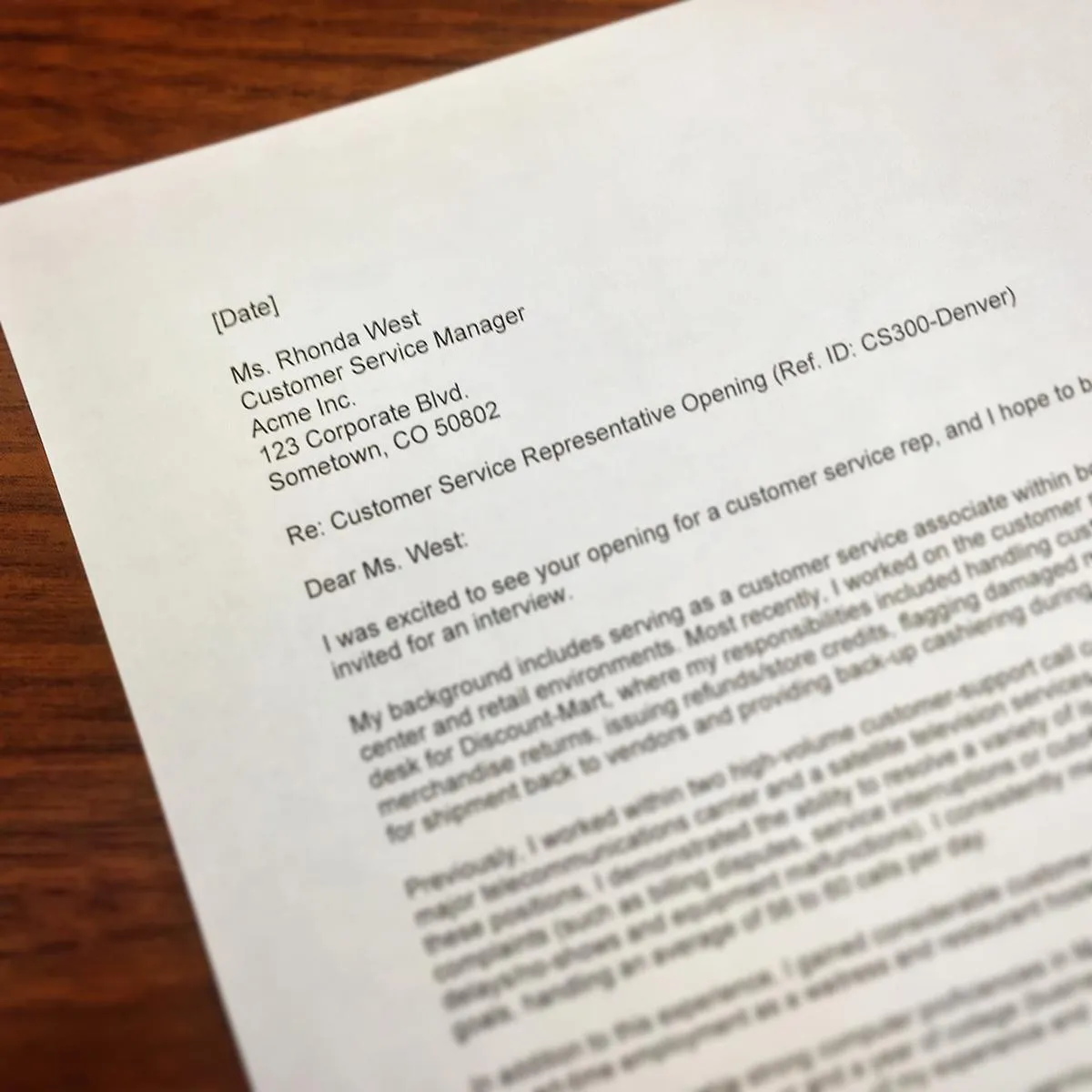
Opening Paragraph Grab Their Attention
The opening paragraph is your first chance to make a positive impression. It should immediately grab the reader’s attention and make them want to read on. Start by addressing the hiring manager by name, if possible. Then, clearly state the position you are applying for and where you found the job posting. Briefly explain why you are interested in the role and the company. Consider using a strong opening statement that captures their attention. For example, you could start with a specific achievement, a compelling statement about the company, or a personal connection to the role. Avoid generic opening lines like “I am writing to express my interest…” Make your opening paragraph impactful and relevant to the job. Your goal is to make the hiring manager want to read your entire cover letter and learn more about you.
Crafting Compelling Body Paragraphs
The body paragraphs of your cover letter are where you provide the details. Use these paragraphs to highlight your key skills, experiences, and achievements. Each paragraph should focus on a specific point that supports your candidacy. Start each paragraph with a clear topic sentence that introduces the main idea. Then, provide specific examples to support your claims. Use action verbs to describe your accomplishments and quantify your achievements whenever possible. Connect your experiences to the job requirements, demonstrating how your skills align with the needs of the role. Use a conversational tone to make your letter engaging. Don’t just list your qualifications; tell a story that showcases your value. Structure your body paragraphs in a logical and organized manner, making it easy for the hiring manager to follow your arguments and understand why you are the best fit for the job.
Closing Paragraph Call to Action
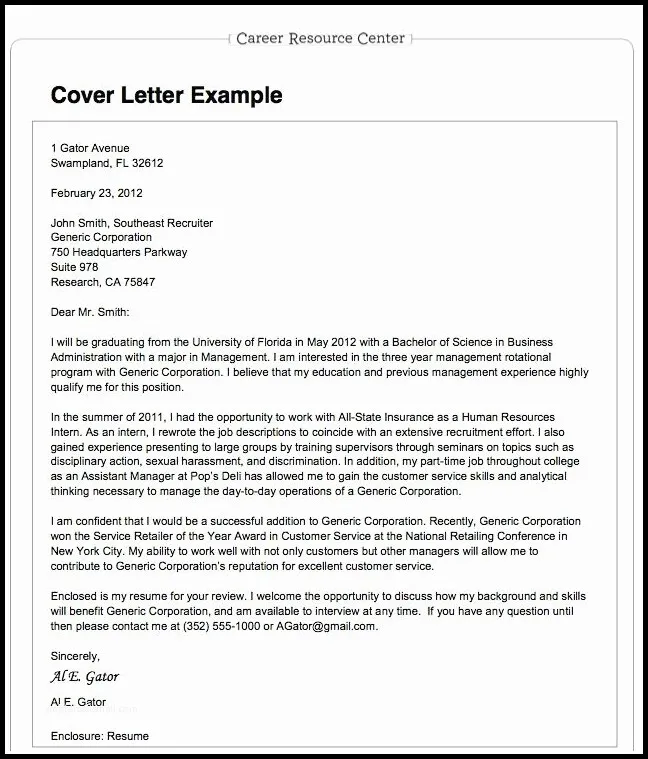
Your closing paragraph should reiterate your interest in the role and thank the hiring manager for their time and consideration. Reiterate your enthusiasm for the opportunity and why you believe you are the best candidate. Briefly summarize your key qualifications. Make sure to include a call to action. For example, state that you are eager to discuss your qualifications further in an interview or are available at their earliest convenience. Provide your contact information, including your phone number and email address, to make it easy for the hiring manager to reach you. End your letter with a professional closing such as “Sincerely” or “Best regards,” followed by your name. The closing paragraph should leave a lasting positive impression and make it clear that you are a strong candidate for the job.
Cover Letter Formatting and Presentation
Choose the Right Font and Layout
The format of your cover letter is crucial to ensure readability and professionalism. Choose a professional font like Times New Roman, Arial, or Calibri. Use a font size between 10 and 12 points. A clean and easy-to-read font enhances the readability of your cover letter. Use standard margins, typically one inch on all sides, to create a balanced and visually appealing layout. Keep your paragraphs short and well-spaced, and use bullet points if necessary to highlight key information. Your cover letter should fit on one page; aim for concise and focused content. The goal is to create a polished and professional document that is easy for the hiring manager to review. Ensure that your formatting is consistent throughout the document. Poor formatting can make your cover letter look unprofessional and reflect negatively on your attention to detail.
Keep It Concise and Easy to Read
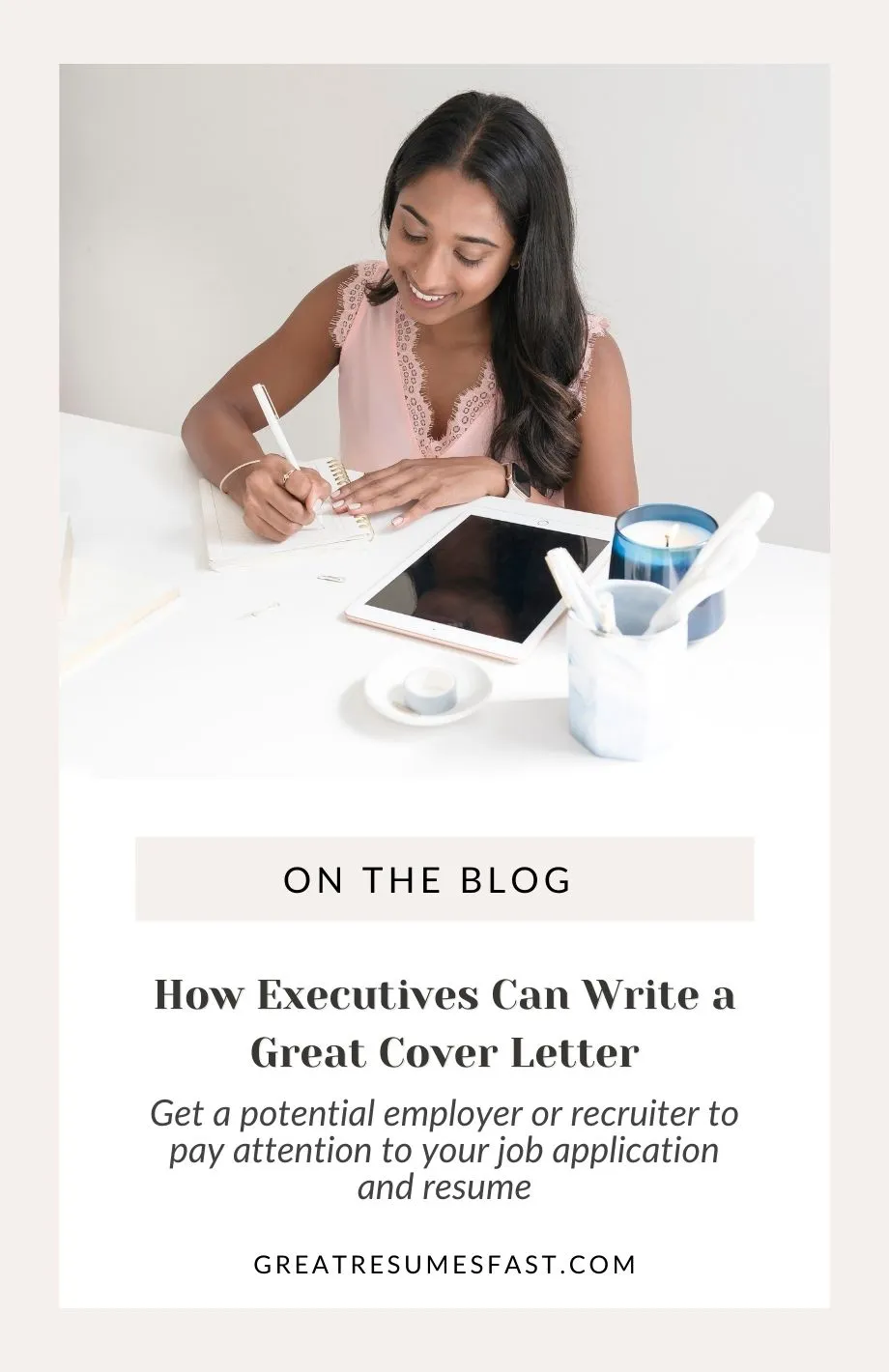
Hiring managers are busy, so it is important to be concise and get straight to the point. Keep your cover letter to one page, and focus on the most relevant information. Use clear and concise language, and avoid jargon or overly complex sentences. Break up long blocks of text with short paragraphs and bullet points to improve readability. Use headings and subheadings to organize your content and make it easy for the hiring manager to scan the document. Use active voice and strong action verbs to make your writing more impactful. Eliminate any unnecessary words or phrases. Aim for a clear, direct, and easy-to-read cover letter that highlights your key qualifications and experiences. A well-formatted and concise cover letter shows respect for the hiring manager’s time and increases your chances of making a positive impression.
Proofread and Edit Meticulously
Proofreading and editing your cover letter is non-negotiable. Errors in grammar, spelling, and punctuation can undermine your credibility and make you appear unprofessional. Before submitting your cover letter, carefully review it for any mistakes. Use a spell checker and grammar checker, but don’t rely solely on these tools. Read your cover letter aloud to catch any awkward phrasing or unclear sentences. Ask a friend, family member, or career counselor to review your cover letter and provide feedback. They can catch errors you might have missed. Pay close attention to the details, such as the correct spelling of the hiring manager’s name and the company’s name. A polished and error-free cover letter demonstrates your attention to detail and professionalism. Proofreading is a critical step in ensuring that your cover letter reflects the best version of you.
Cover Letter Best Practices
Avoid Common Cover Letter Mistakes
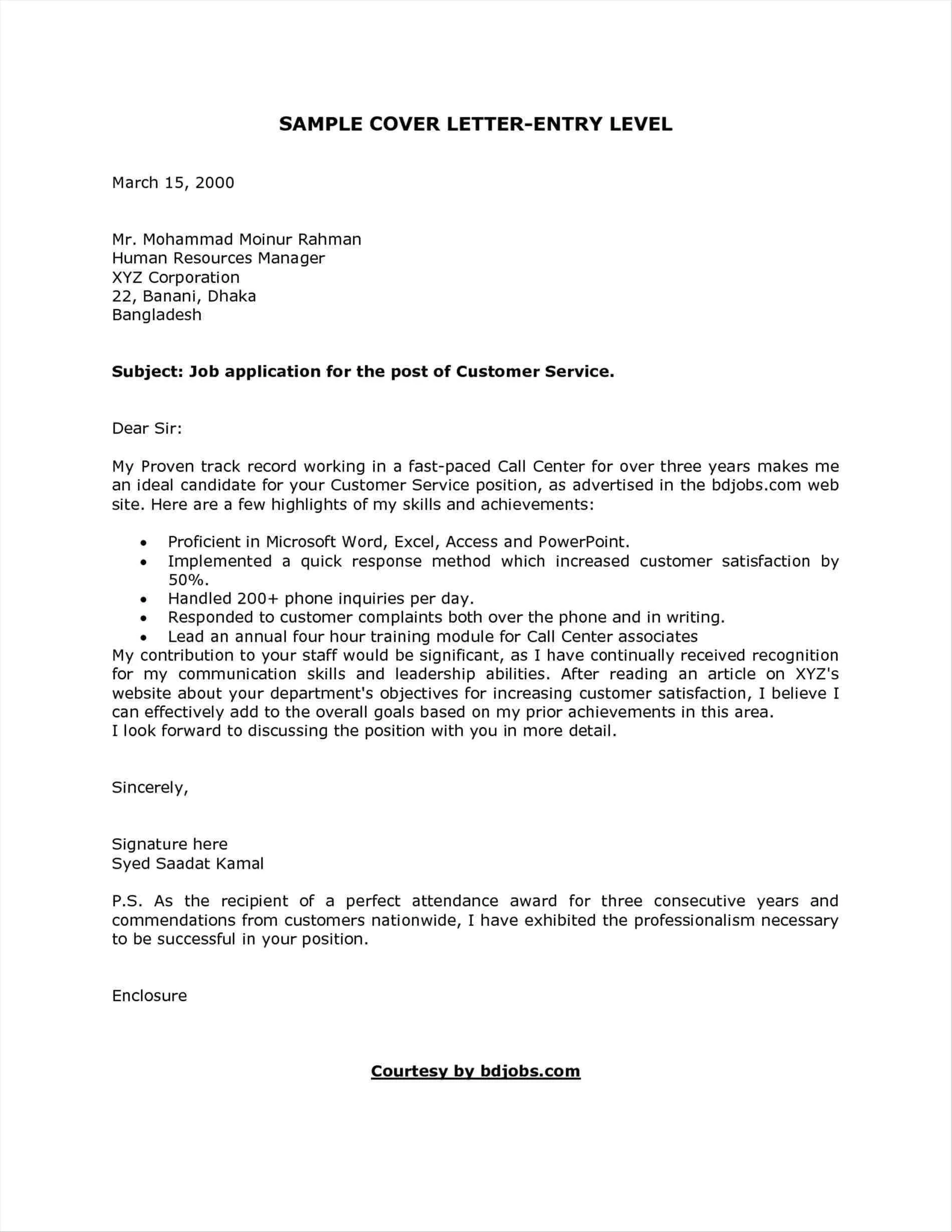
Several common mistakes can significantly hurt your chances of getting an interview. Avoid generic cover letters that are not tailored to the specific job. Always personalize your letter to the hiring manager and the company. Don’t repeat the information from your resume verbatim. Your cover letter should provide context and expand on your key achievements. Avoid typos and grammatical errors. Proofread your cover letter carefully. Don’t use clichés or overly formal language. Keep your tone conversational and enthusiastic. Avoid negative language or complaining about previous employers. Focus on your strengths and what you can bring to the role. Avoid providing unnecessary information. Keep your cover letter concise and relevant. Do not send a cover letter without a resume. Both documents work together to present your qualifications. Being aware of and avoiding these common mistakes can substantially improve your chances of success.
Use Action Verbs Effectively
Action verbs bring your cover letter to life and make it more compelling. They help you demonstrate your accomplishments and make your experience more impactful. Start your sentences with strong action verbs to describe your responsibilities and achievements. Examples include “Managed,” “Developed,” “Implemented,” “Increased,” “Led,” “Created,” “Collaborated,” and “Achieved.” Instead of saying “Responsible for customer service,” say “Provided exceptional customer service, resolving 95% of issues on the first call.” Using action verbs makes your cover letter more dynamic, energetic, and engaging. Action verbs help the hiring manager to quickly understand what you have accomplished in the past and what you can bring to the role. By choosing powerful verbs, you can make a stronger impression and increase your chances of getting noticed.
Cover Letter Examples and Templates
Cover Letter Template Examples
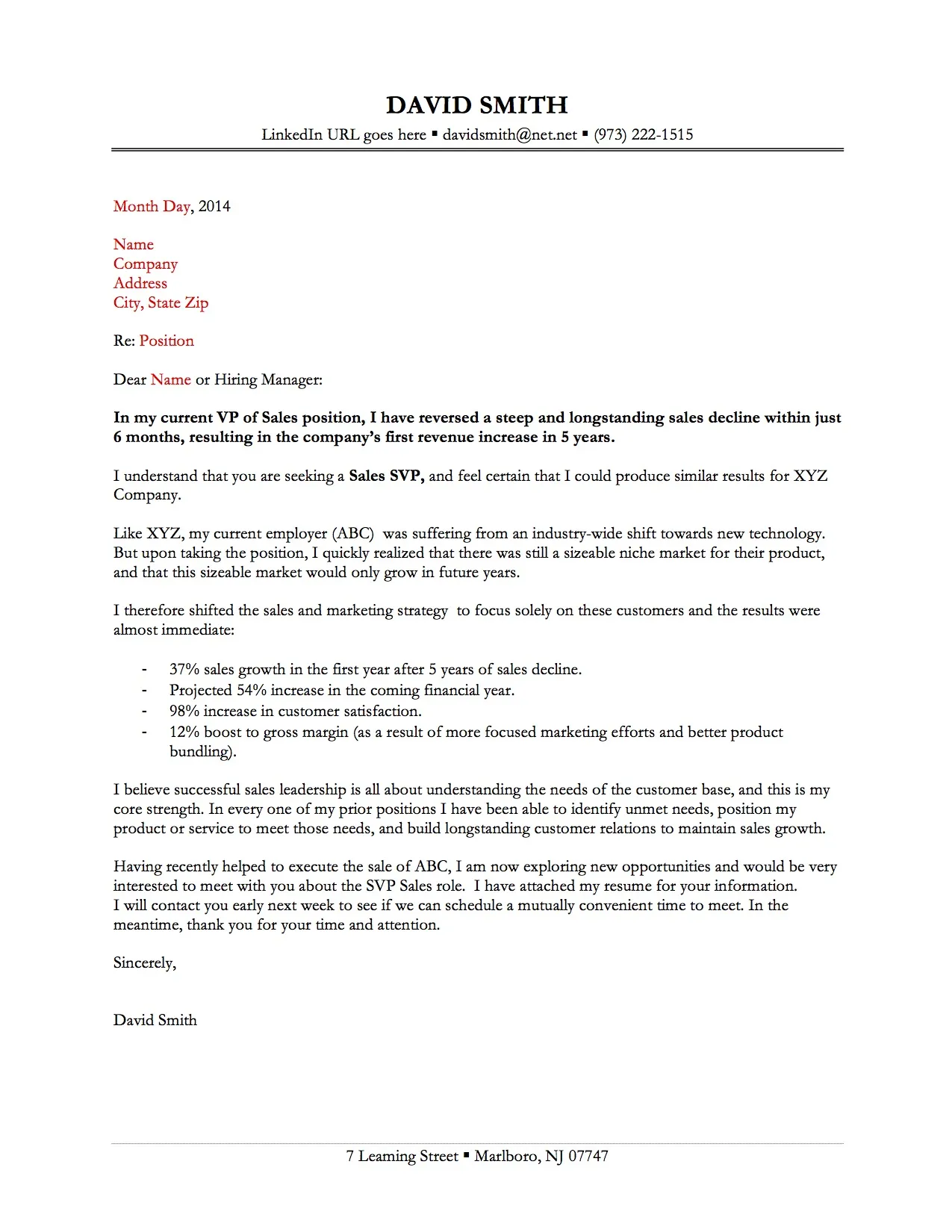
Many cover letter templates are available online to provide guidance and structure. These templates offer a starting point for creating your own cover letter. When using a template, be sure to customize it to fit your specific qualifications and the job requirements. There are various template styles, from basic and functional to more creative and visually appealing. Choose a template that aligns with your personality and the company’s culture. Review the template and adapt it to showcase your unique skills, experience, and achievements. Don’t simply fill in the blanks. Instead, use the template as a framework to write a compelling cover letter that highlights your value. Be sure to modify the language to reflect your personal style. Cover letter templates are a useful tool for organizing your thoughts and presenting your qualifications in a professional manner, but personalization is key to standing out from the competition.
Cover Letter Final Checklist
Final Thoughts
Writing a great cover letter takes time and effort, but it is an investment that can significantly improve your job search outcomes. Your cover letter is your first chance to impress a potential employer, so make it count. By following the steps outlined in this guide, you can create a compelling cover letter that highlights your skills, experience, and achievements. Tailor your letter to each specific job and company. Remember to showcase your value, quantify your achievements, and avoid common mistakes. Always proofread your cover letter carefully before submitting. By following these steps and creating a well-crafted cover letter, you will be well-positioned to make a strong impression and increase your chances of landing an interview and securing the job. Good luck with your job search!
